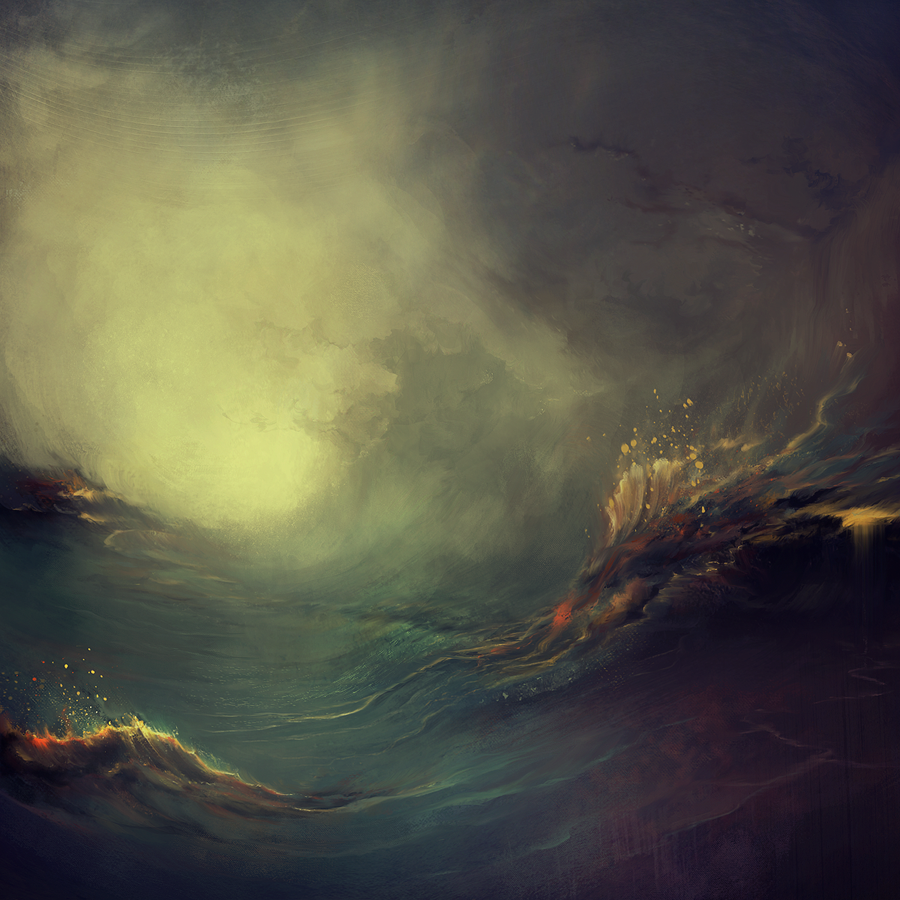
What is fear?
Fear is usually defined as an emotion, a set of physiological responses and accompanying feelings. But this tells less than half of the story.
Fear is an unpleasant emotion, but what do unpleasant emotions do? Unpleasant, ‘negative’ emotions steer you towards homeostasis, toward order. Hunger drives you to eat, to maintain adequate calories. Cold drives you to warmth, toward a safe body temperature. Where does fear take you to? What does fear take you away from?
Fear may be understood as the negative emotion that drives you away from uncertainty, toward familiarity.
Uncertainty is the state of being unable to judge, categorise or know the significance of an experience. This state produces a uniquely potent effect in the amygdala, part of the brain involved with signalling importance. We have evolved to perceive uncertainty as a state that holds the threat of destruction.
By nature, we do not sit comfortably with uncertainty. When exposed to something unfamiliar, most animals will act to change it, either through escape, aggression or exploration. This drive to change uncertainty is quite natural, yet by following it, there is a lot to lose.
Fear drives you toward what is familiar; to what feels safe because it seems predictable. By seeing the world only in the context of what is known, we create resistance to change. We become closed off, judgemental and fearful.
It is this avoidant, compulsive & defensive movement away from uncertainty that is the focus of Beyond Fear.

What does it mean to go beyond fear?
Going beyond fear means learning to sit with uncertainty. It means opening up to vulnerability and surprise, without judgement and avoidance.
Contemporary neuroscience distinguishes between top down predictions and bottom up sensory experiences. When we operate exclusively from predictions, we are essentially living life through memory. Whilst there is no need to swing to the opposite direction, we may gain a lot from opening up to non-judgemental sensory experience.
Consider the quality of attention you hold walking through a forest on an autumn morning. There is a quietness there; a lack of expectation and an openness to surprise.
Through movement and meditation practices, Beyond Fear provides a set of contexts to develop this quality in a range of scenarios. By developing in strength, movement, intuition and awareness, we may redefine our boundaries as strong yet porous.
To go beyond fear means to be able to interact positively with the negative space of what is unknown. This is the process that produces art, and is intimately connected with what we might call love; the total acceptance of an entity.
The exact consequences of this are not predictable, but that is really the point. To live an entirely predictable life is to live in a single, simultaneous pattern. To be free of fear is to loosen the grip of the past on the present; to open up to new patterns of action and perception. Love always happens in a foreign country.

Is Flynn beyond fear?
Will the course get me beyond fear?
Personally, I think that labelling is looking for trouble. If I believe I am beyond fear and I find myself afraid, I am creating a conflict and a context for myself to make stupid decisions. Labelling myself, I am saying that I know what I am, which leaves no space for what I might not know that I am.
If I had a single goal, it might be to open myself up to reality. I like this phrasing because it reveals the goal as 'being where you are', as much as 'being where you could be'. This goal points toward an intelligence based in both knowing and not knowing.
If you ask me, do I achieve this? I would say sometimes yes, sometimes no. I am quite human. This work has been inspired by my own avoidant relationship with uncertainty.
Joining Beyond Fear, you might learn to control risk more effectively. You might learn to leave a respectful space for the unknown. You might learn to sit with an experience of discomfort or of fear without attempting to escape it.
There is no quick fix, no perfect recipe to follow, no prescriptions one can take.
To be deep, change must be slow.
There are only relationships to explore and boundaries to develop.
The lessons shared in Beyond Fear offer an accessible, safe enough context to explore the relationships between intuition and choice; force and impact; judgement and sensation; surprise and adaptation.
Because these practices are based on both scientific, philosophical and practical knowledge, I believe they are gold.
However, if you feel unsatisfied, please get in touch and you will receive a full refund.